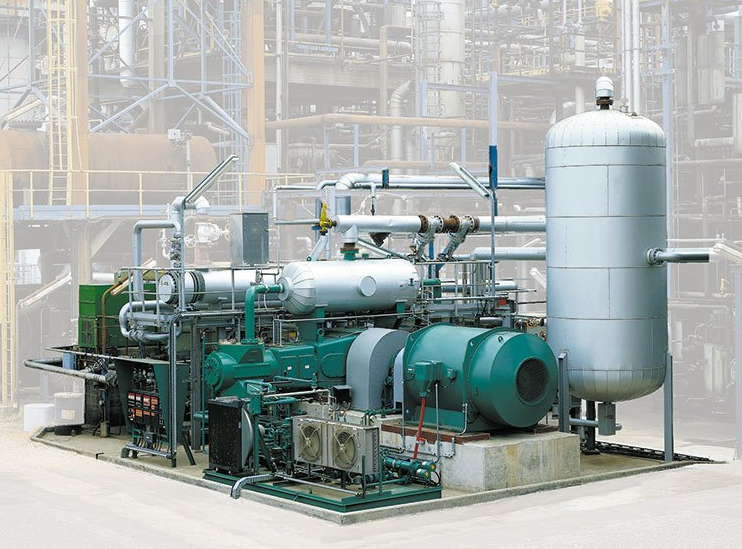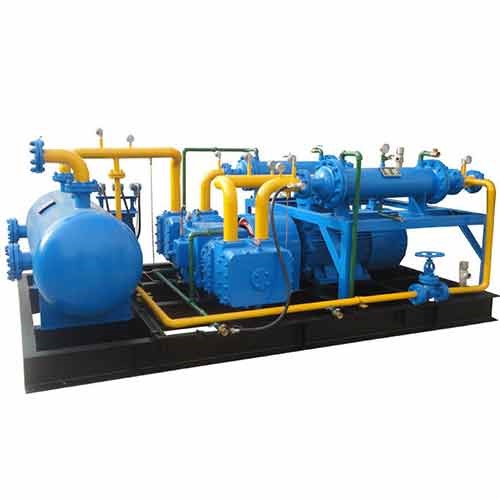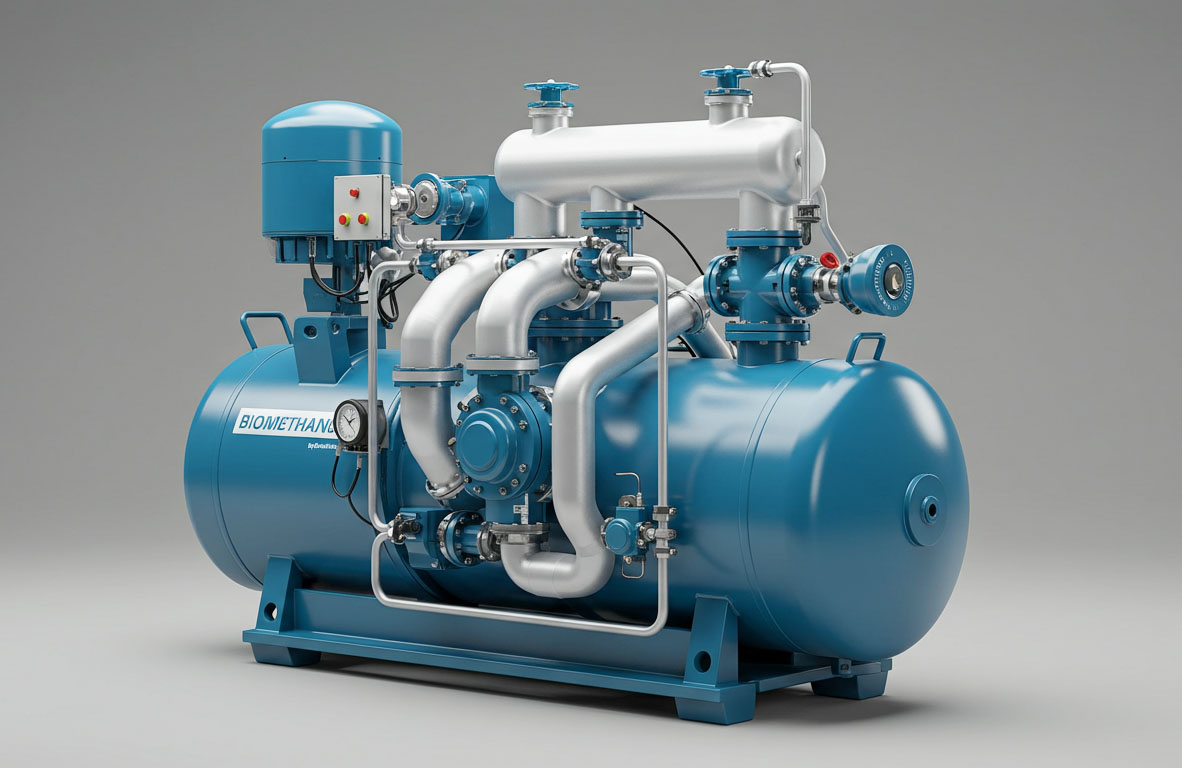Bog Compressor: Unleashing Efficiency and Performance

Introduction to Bog Compressor
In the complex world of industrial processes and operations, the term “Bog Compressor” may not be familiar to everyone, but it plays a critical role in various industries. In this comprehensive guide, we will dive deep into Bog Compressors, exploring their definition, significance, applications, types, working principles, and much more.
A. Definition of Bog Compressor
At its core, a Bog Compressor is a mechanical device designed to compress gases, often natural gases or refrigerants, to increase their pressure and enable their use in various industrial applications. These compressors are workhorses of many industries, ensuring the efficient handling and utilization of gases.
B. Significance and Applications
Bog Compressors are the unsung heroes behind several industrial processes. They are used in the oil and gas industry, petrochemical plants, industrial refrigeration, and even offshore platforms. Their significance lies in their ability to maintain gas pressure, facilitate transportation, and enhance various industrial operations.
C. Types of Gases Handled by Bog Compressors
Bog Compressors are versatile machines capable of handling different types of gases. They are commonly used for natural gases, but they also find applications with refrigerants, hydrocarbons, and other industrial gases.
Working Principles of Bog Compressors
To understand the inner workings of Bog Compressors, let’s explore their fundamental principles.
A. Compression Process
The compression process is the heart of Bog Compressors. It involves reducing the volume of gas while increasing its pressure. This enables the gas to be efficiently transported and used in various industrial processes.
B. Mechanical Components
Bog Compressors consist of intricate mechanical components, including pistons, cylinders, rotors, and valves. These components work together to facilitate the compression process.
C. Cooling and Lubrication Systems
Efficient cooling and lubrication systems are essential for Bog Compressors to operate effectively. They prevent overheating and ensure smooth operation, extending the compressor’s lifespan.
Types of Bog Compressors
There are various types of Bog Compressors, each with its own set of advantages and disadvantages.
A. Reciprocating Bog Compressors
- Working Principle: Reciprocating Bog Compressors use pistons to compress gas through a back-and-forth motion.
- Advantages and Disadvantages: They are highly efficient but can be noisy and require regular maintenance.
B. Rotary Screw Bog Compressors
- Working Principle: Rotary Screw Bog Compressors use rotating screws to compress gas.
- Advantages and Disadvantages: They are known for their reliability and quiet operation but may have higher initial costs.
C. Centrifugal Bog Compressors
- Working Principle: Centrifugal Bog Compressors utilize centrifugal force to compress gas.
- Advantages and Disadvantages: They are energy-efficient but have specific operating requirements.
Applications of Bog Compressors
Bog Compressors find their applications in a multitude of industries:
A. Oil and Gas Industry
In the oil and gas sector, Bog Compressors are essential for gas transportation and processing, ensuring the efficient flow of natural gases.
B. Petrochemical Plants
Petrochemical plants rely on Bog Compressors to facilitate various chemical processes and maintain optimal conditions.
C. Industrial Refrigeration
In industrial refrigeration, these compressors play a pivotal role in maintaining low temperatures for storage and processing.
D. Offshore Platforms
Offshore platforms use Bog Compressors to manage gas pressures and ensure safe operations in challenging marine environments.
Key Components of Bog Compressors
Understanding the key components of Bog Compressors is crucial for their efficient operation:
A. Compressor Unit
The compressor unit is the central component responsible for gas compression and pressure enhancement.
B. Cooling and Lubrication Systems
Efficient cooling and lubrication systems ensure that the compressor functions smoothly and remains durable.
C. Control and Monitoring Systems
Control and monitoring systems are essential for regulating the compressor’s operation, ensuring optimal performance.
D. Safety Features
Safety features are integrated into Bog Compressors to prevent accidents and ensure secure operations.
Maintenance and Safety Considerations
Maintaining Bog Compressors and ensuring safety are paramount in industrial settings:
A. Routine Maintenance
Regular maintenance procedures are essential to keep Bog Compressors operating efficiently and prevent breakdowns.
B. Safety Precautions
Strict safety protocols and precautions must be followed to protect personnel and equipment.
C. Compliance with Regulations
Adherence to industry regulations and standards is critical for safe and environmentally responsible compressor operations.
Benefits and Advantages of Bog Compressors
The utilization of Bog Compressors offers numerous benefits across industries:
A. Enhanced Gas Handling
Bog Compressors enable efficient gas handling, transportation, and utilization, increasing productivity.
B. Improved Efficiency
They contribute to process efficiency, reducing energy consumption and operational costs.
C. Cost Savings
In the long run, Bog Compressors lead to significant cost savings by optimizing gas usage and reducing downtime.
Challenges and Limitations
Despite their advantages, Bog Compressors come with certain challenges:
A. High Initial Costs
The acquisition and installation of Bog Compressors can be expensive, requiring substantial upfront investment.
B. Maintenance Requirements
Regular maintenance is necessary to ensure the longevity and reliability of these compressors.
C. Environmental Concerns
Environmental considerations, such as emissions and refrigerant choices, must be addressed to mitigate environmental impact.
Future Trends in Bog Compressor Technology
As technology advances, Bog Compressors are evolving as well:
A. Advancements in Compressor Design
Continuous improvements in compressor design lead to greater efficiency and performance.
B. Integration with IoT and Automation
Integration with the Internet of Things (IoT) and automation enhances control and monitoring capabilities.
C. Environmental-Friendly Innovations
Innovations focus on reducing environmental impact by using eco-friendly refrigerants and technologies.
Conclusion
In conclusion, Bog Compressors are indispensable components in various industries, ensuring the efficient handling of gases, enhancing processes, and reducing operational costs. As technology continues to evolve, we can expect these compressors to play an even more significant role in industrial operations. Whether you’re involved in the oil and gas industry, petrochemicals, or industrial refrigeration, understanding Bog Compressors is key to optimizing your processes and staying ahead in the ever-changing industrial landscape. Stay tuned for the exciting developments in Bog Compressor technology that lie ahead!


